20 Years After ICPD, Adolescent Sexual and Reproductive Health Still a Challenge
[Originally posted on Pathfinder International‘s Blog here]
As the founder of Big Steps Outreach Network, an organization in Cameroon providing young people with skills, tools, and opportunities, 26-year-old Victor Abongwa pays close attention to the sexual health needs of his peers.
“Sexual and reproductive health sets young people in the right direction,” he said as a panelist at the Dec. 15 launch event for the Journal of Adolescent Health’s special supplement. “It gives them the right frame of mind so they can be in good health to do the things they want to do.”
 The Journal’s special supplement takes a closer look at progress and priorities for future investments in sexual and reproductive health services, intimate partner violence and sexual violence, comprehensive sexuality education, an enabling environment, and young people’s right to participation and leadership.
The Journal’s special supplement takes a closer look at progress and priorities for future investments in sexual and reproductive health services, intimate partner violence and sexual violence, comprehensive sexuality education, an enabling environment, and young people’s right to participation and leadership.
The Dec. 15 event to promote the special supplement was hosted by Pathfinder International, the Youth Health and Rights Coalition, and the Evidence to Action project, in collaboration with USAID and the World Health Organization. Abongwa joined fellow youth activist Fatmata (who is a Plan International Youth Ambassador) on the panel.
“We’re in a good place on adolescent sexual and reproductive health and rights,” he said. “We’re involving more young people in the conversation, and identifying these young people is a good place to start.”
But with a 2-year-old daughter of his own, Abongwa is even more determined to create change for the future.
“I was 6 when [the International Conference on Population and Development] happened,” he said. “Now, we should be thinking about good recommendations for the next twenty years, for when my daughter is 22.”
THE STATE OF ADOLESCENTS, TWENTY YEARS LATER
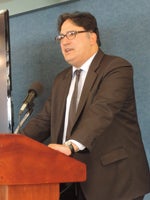 While we have seen remarkable progress since ICPD, the sexual and reproductive health of the world’s adolescents continues to be compromised, said Ariel Pablos-Méndez, Assistant Administrator for Global Health at USAID, in his introductory remarks.
While we have seen remarkable progress since ICPD, the sexual and reproductive health of the world’s adolescents continues to be compromised, said Ariel Pablos-Méndez, Assistant Administrator for Global Health at USAID, in his introductory remarks.
“They face issues like child, early, and forced marriage; early childbearing with high risks of complication; intimate partner and sexual violence; unsafe abortion; HIV infections; and harmful traditional practices,” he said.
But even against these challenges, he maintains a positive view: “I always want to point out the good things. We can celebrate the good things, the dramatic progress.”
He identified three areas of improvement in our efforts to improve adolescent health outcomes—though they still remain ongoing challenges: enrollment in school, the number of women who have sex before 15, and rates of early marriage.
“At USAID, we see the power and opportunity of young people to achieve these outcomes. Together, we can improve the lives and hopes and prospects of young people.”
Margaret Pollack, Senior Advisor on Population Issues for the State Department’s Bureau of Population, Refugees, and Migration and moderator of the event, echoed Pablos-Méndez’s thoughts.
“In many countries, youth people make up the largest share of the population,” she explained. “The decisions they make during their reproductive years will set the course of global health and population growth for many years to come.”
RECOMMENDATIONS FOR ADVANCING ADOLESCENT HEALTH
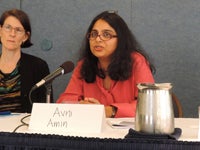 Panelist Avni Amin from the World Health Organization (and co-author of one of the special supplement articles) couldn’t stress monitoring and evaluation enough.
Panelist Avni Amin from the World Health Organization (and co-author of one of the special supplement articles) couldn’t stress monitoring and evaluation enough.
When asked a question regarding future youth sexual and reproductive rights programming, she replied, “evaluate, evaluate, evaluate!”
And together with evaluation, Amin talked about the need to scale: “We are not implementing programs on scale, and it’s really important in terms of where we’re going.”
It’s an idea shared by Rebecka Lundgren of the Institute for Reproductive Health at Georgetown University (and special supplement co-author with Amin).
“If we’re going to change the world, we have to reach the tipping point,” she said. “We have to stop working in silos, and instead think outside ourselves and work together as community.”
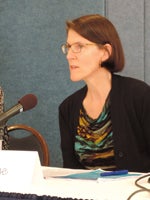 That also requires a big picture view.
That also requires a big picture view.
“In order to have success in this area, we need to take a bigger picture because health connects to a lot of other aspects,” explained Margaret Greene, founder of Greeneworks (and co-author of the special supplement article on enabling environments).
Simply put, she said, “To the person with a hammer, every problem is a nail.”
But to Greene, that mentality is a big mistake. “It’s also about empowerment of individuals, access to assets that allow them to make healthy choices, knowledge of their own rights and relationships with others that know their rights.”
One of the keys to achieving that bigger picture view? Better data, according to Gwyn Hainsworth, Senior Adolescent Sexual and Reproductive Health Advisor at Pathfinder.
“We must not forget the importance of sex- and age-disaggregated data,” she said. “We rely on DHS studies that start at age 15. How do we measure progress in fulfilling SRHR of all young people—and see where we’re falling short—if we don’t have full range of data?”
Victor Abongwa knows that much more needs to happen before his own daughter will have access to the sexual and reproductive health resources she needs and deserves.
But since starting this work at the age of 12, he committed to seeing it through.
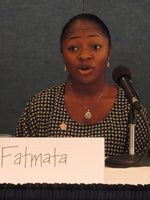
“This whole discussion would be meaningless if we didn’t ask the question: what next?” he said. “As a young leader, there are so many limitations, so we need to engage more long-term, and really engage with those youth that are involved in this issue.”
The event’s panel of experts dedicated to advancing youth around the world couldn’t agree more. As Margaret Pollack said, “young people deserve the opportunity to reach their full potential.”
—
Read the Journal of Adolescent Health’s Special Supplement.
Read IRH’s Rebecka Lundgren’s and WHO’s Avni Amin’s article: Addressing Intimate Partner Violence and Sexual Violence Among Adolescents: Emerging Evidence of Effectiveness
 Where We Work
Where We Work  Press Room
Press Room 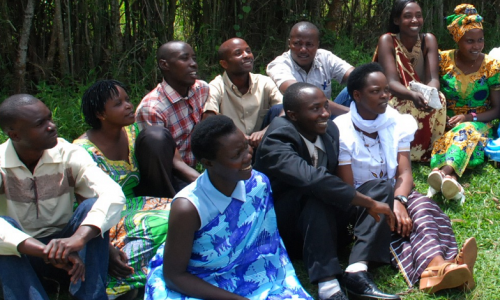 FACT Project
FACT Project 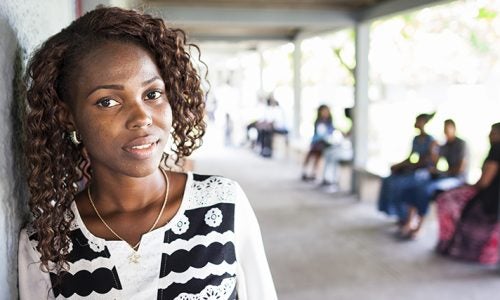 Passages Project
Passages Project 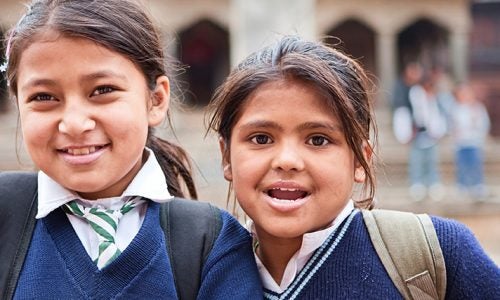 Learning Collaborative
Learning Collaborative  Search All Resources
Search All Resources 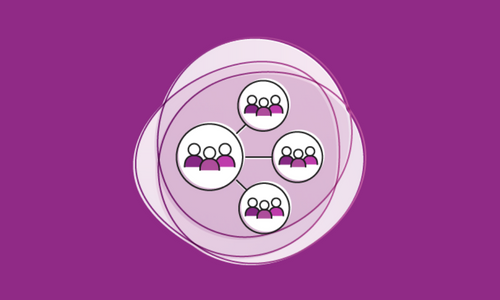 Social Norms
Social Norms 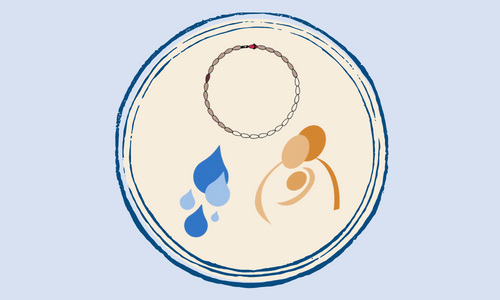 Fertility Awareness Methods
Fertility Awareness Methods